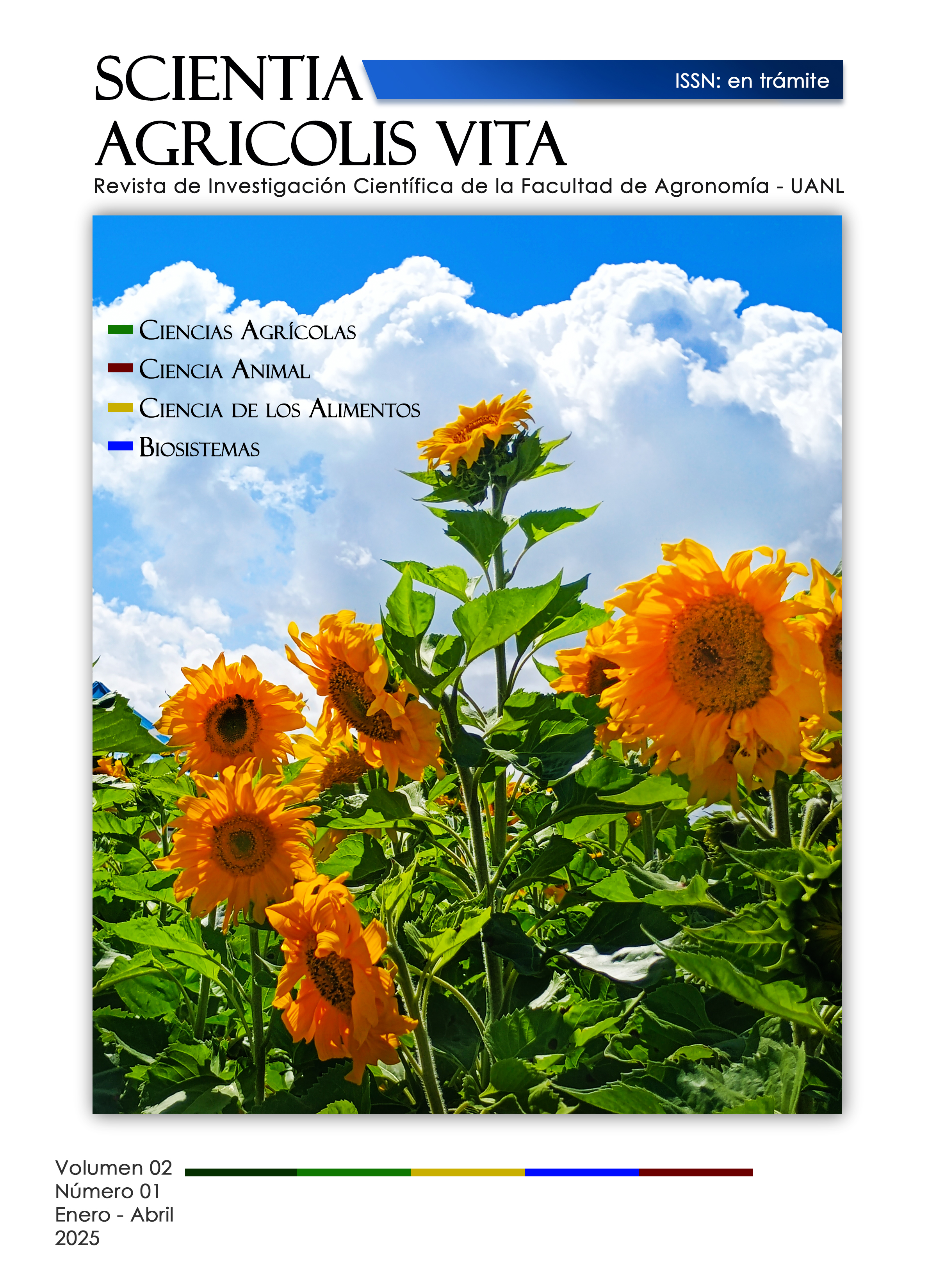Evaluation of the efficiency of natural coagulants in the treatment of greywater from domestic washing.
DOI:
https://doi.org/10.29105/agricolis.v2i1.25Keywords:
Nopal mucilage, Moringa seed, TurbidityAbstract
Water is considered a necessary resource for industrial and domestic activities, its importance lies in the fact that it is not easy to renew, and for this reason, the treatment of wastewater is fundamental. For this reason, in this research, using the jar test methodology, the efficiency of natural coagulants will be defined, taking as a reference the chemical coagulant aluminium sulphate in the treatment of greywater from domestic washing. The results refer to optimal doses of 100 mgL-1 for the coagulant from Opuntia ficus-indica and 50 mgL-1 for the coagulant from Moringa seeds. The results obtained from the analysis of variance and comparison of means by Tukey's method showed a significant difference between the chemical and natural coagulants, however, they also determined that there is no significant difference between the doses and type of grey water (detergent water-softening water) used.
Downloads
References
1. APHA/AWWA/WPCF. (2005). Standard Methods for the Examination of Water and Wastewater. 21ª ed. American Public Health Association, Washington, D.C., EE.UU.
2. Balda, R. (2021). Guía de laboratorio: test de jarras. Universidad de La Salle.
3. Caldera, J., Oñate, J., Rodríguez, M., y Gutiérrez, D. (2011). Eficiencia del sulfato de aluminio durante el tratamiento de aguas residuales de una industria avícola. Centro de Investigación del Agua, Facultad de Ingeniería, Universidad de Zulia.
4. Coy Gomoboa, J., y Martínez Ballén, C. (2023). Coagulantes orgánicos, una alternativa sostenible para el tratamiento de aguas residuales domésticas en áreas rurales. Ingeniería Ambiental y de Saneamiento, Instituto Universitario de la Paz.
5. Gil-Mora, J.E., Boza, Á.H.F., Ramos, K.J.O., y Oviedo, N.A.V. (2022). Determinación de la pérdida de la calidad de un río urbano en Cusco: Caso Saphy. Ciencia Latina Revista Científica Multidisciplinar, 6(1), pp. 3722–3748.
6. Guzmán, L., Villabona, Á., Tejada, C., y García, R. (2013). Reducción de la turbidez del agua usando coagulantes natu-rales: una revisión. Revista U.D.C.A Actualidad & Divulgación Científica, 16(1), pp. 241–250.
7. Guzmán, L., Villabona, Á., Tejada, C., y García, R. (2013). Reducción de la turbidez del agua usando coagulantes natu-rales: una revisión. Ciencias Exactas y Naturales, (2), pp. 1–7.
8. Hernández, H.V., Blanco, Y.C., y Díaz, J.A.J. (s.f.). Capítulo 10. Retos que enfrenta la gestión del agua en Nuevo León, México. En: Libro colectivo de divulgación científica, Organización Internacional. pp. 233.
9. Ismail, M.R., Abdullah, S.R.S., Idris, M., Kurniawan, S.B., Halmi, M.I.E., Sbani, N., y Hasan, H.A. (2020). Applying rhizobacteria consortium for the enhancement of Scirpus grossus growth and phytoaccumulation of Fe and Al in pilot constructed wetlands. Environmental Management, 267, 110640.
10. Jaco, L., Gómez, S., Loroña, M., Zamora, R., y Human, J. (2022). Eficiencia de Opuntia ficus-indica como coagulante para el tratamiento de aguas grises y su aplicación en un sistema piloto. Universidad Politécnica de Valencia.
11. Kurniawan, S.B., Abdullah, S.R.S., Imron, M.F., Said, N.S.M., Ismail, N.I., Hasan, H.A., y Purwanti, I.F. (2020). Chal-lenges and opportunities of biocoagulant/bioflocculant application for drinking water and wastewater treatment and its potential for sludge recovery. International Journal of Environmental Research and Public Health, 17(3), pp. 1–14.
12. Kurniawan, S.B., Imron, M.F., Chik, C.M.I., Owodunni, A.A., Ahmad, A., Alnawajha, M.M., y Hasan, H.A. (2022). Which compound in biocoagulants/bioflocculants contributes most to coagulation and flocculation processes? Science of The Total Environment, 806, 150523.
13. Manrique, J. (2019). Análisis comparativo de la disminución de sólidos suspendidos utilizando Opuntia ficus-indica y cloruro fé-rrico en las aguas del río Lurín. Tesis de licenciatura. Universidad Tecnológica de Lima Sur.
14. Martínez-Austria, P.F., Díaz-Delgado, C., y Moeller-Chávez, G. (2019). Seguridad hídrica en México: diagnóstico general y desafíos principales. Ingeniería del Agua, 23(2), pp. 107–121.
15. Medidor portátil de turbidez compatible con ISO. (s.f.). HANNA Instruments. [Consultado el 16 de enero de 2025]. Disponible en: https://hannainst.com.mx/medidor-port%C3%A1til-de-turbidez-con-registro-hi93703
16. Moran, S. (2018). An Applied Guide to Water and Effluent Treatment Plant Design. Elsevier.
Precious, N., Rathilal, S., y Kweinor, T. (2021). Coagulation treatment of wastewater: Kinetics and natural coagulant evaluation. Molecules, 26(18), 5563.
Downloads
Published
How to Cite
License
Copyright (c) 2025 Azalia Guadalupe Cortés-Luna, Héctor Flores-Breceda, Juan Antonio Vidales-Contreras, Julia Mariana Marquez-Reyes, Anahí del Carmen Esquivias-Fierro, Celestino Gómez-García

This work is licensed under a Creative Commons Attribution 4.0 International License.
Scientia Agricolis Vita is published under a Creative Commons Attribution-NonComercial-ShareAlike 4.0 International (CC BY-NC-SA 4.0) licence.




